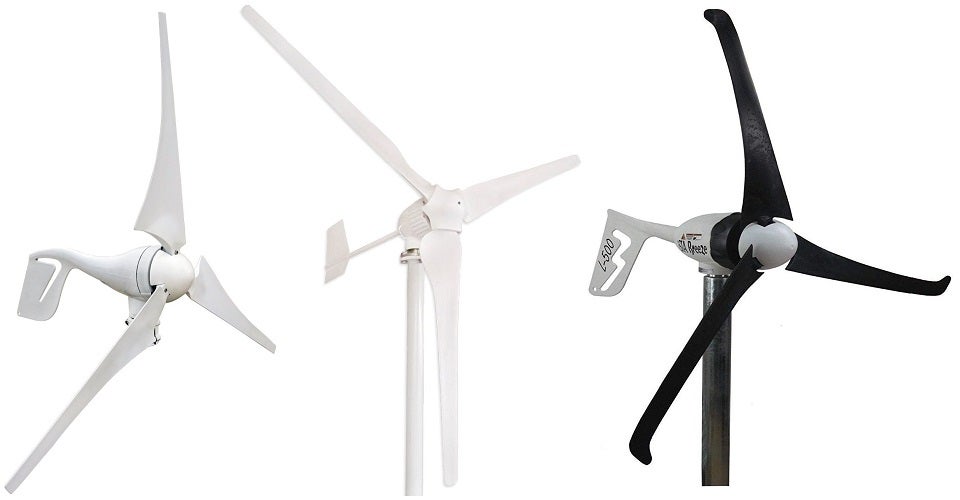

The first automatically operated wind turbine, built in Cleveland in 1887 by Charles F. Although Blyth's turbine was considered uneconomical in the United Kingdom, electricity generation by wind turbines was more cost effective in countries with widely scattered populations. Gibbs and Brinsley Coleberd and successfully getting the blueprints peer-reviewed for electricity production. Brush was able to build the first automatically operated wind turbine, after consulting local University professors and colleagues Jacob S.

Some months later American inventor Charles F. The first electricity-generating wind turbine was a battery charging machine installed in July 1887 by Scottish academic James Blyth to light his holiday home in Marykirk, Scotland. In his book Machinae Novae (1595), he described vertical axis wind turbines with curved or V-shaped blades. Advanced wind turbines were described by Croatian inventor Fausto Veranzio. By the 14th century, Dutch windmills were in use to drain areas of the Rhine delta. The first historical records of their use in England date to the 11th or 12th centuries, there are reports of German crusaders taking their windmill-making skills to Syria around 1190. Wind power first appeared in Europe during the Middle Ages. Made of six to twelve sails covered in reed matting or cloth material, these windmills were used to grind grain or draw up water, and were used in the gristmilling and sugarcane industries. These " Panemone" were vertical axle windmills, which had long vertical drive shafts with rectangular blades. However, the first known practical wind power plants were built in Sistan, an Eastern province of Persia (now Iran), from the 7th century. The windwheel of Hero of Alexandria (10 AD – 70 CE) marks one of the first recorded instances of wind powering a machine in history. Wind turbines are manufactured in a wide range of sizes, with either horizontal or vertical axes. Larger turbines can contribute to a domestic power supply while selling unused power back to the utility supplier via the electrical grid. Smaller wind turbines are used for applications such as battery charging for auxiliary power for boats or caravans, and to power traffic warning signs. the most favourable social impacts" compared to photovoltaic, hydro, geothermal, coal and gas energy sources. One study claimed that, as of 2009, wind had the "lowest relative greenhouse gas emissions, the least water consumption demands and.

They are an increasingly important source of intermittent renewable energy, and are used in many countries to lower energy costs and reduce reliance on fossil fuels. Hundreds of thousands of large turbines, in installations known as wind farms, now generate over 650 gigawatts of power, with 60 GW added each year. Thorntonbank Wind Farm, using 5 MW turbines REpower 5M in the North Sea off the coast of Belgium.Ī wind turbine is a device that converts the kinetic energy of wind into electrical energy.


 0 kommentar(er)
0 kommentar(er)
